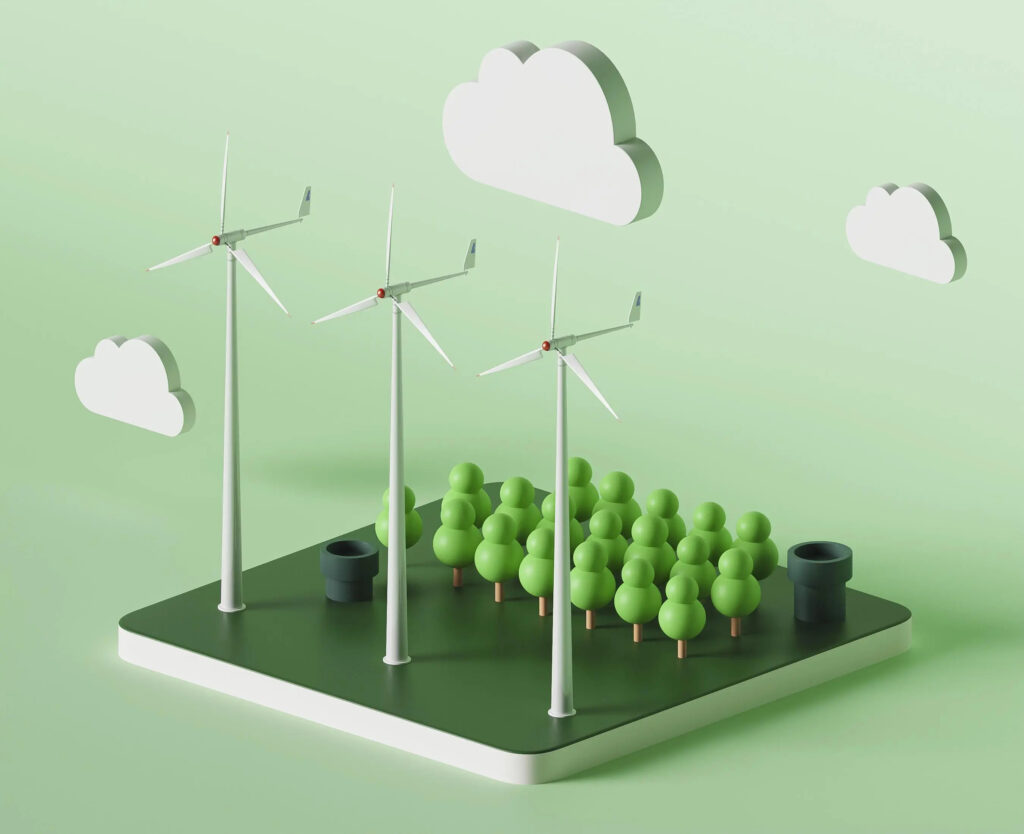India’s green energy push has been quite vibrant in recent times. In a similar pursuit, India has a lofty aim to establish itself as the global hub of green hydrogen production, given that the country’s hydrogen consumed currently is produced mainly with fossil fuels. Energy experts are also unanimous in their belief that India has the capacity, capability, and resources to become a hydrogen superpower.
The country has set a goal for annual production of 5 million metric tonnes of green hydrogen by 2030, which is further anticipated to slash emissions by 50 million metric tonnes, saving $12 billion on fossil fuel imports.
Understanding the Market:

Domestic Market Landscape:
India’s market size and growth potential of green hydrogen are substantial and have room to develop. The current green hydrogen market in India is valued at $25 million based on a 5% market penetration in the automobile sector, which is expected to expand exponentially in the next 10 years.
Realizing the huge potential of India to become the global leader in green hydrogen production, several Indian industrial mammoths have ventured into this space. Reliance Industries would be investing Rs 5.95 lakh crores for developing a 100 GW renewable energy plant and Green Hydrogen eco-system in Gujarat over the next decade or so. Dhirubhai Ambani Green Energy Giga Complex is being built on 5,000 acres of land near Jamnagar by the company. The business also intends to invest more than Rs 60,000 crore in PV, storage, hydrogen technology, and electrolyzer production, as well as an additional Rs 15,000 crore in value chain development. Similarly, the Adani Group also plans to invest over USD 50 billion in Green Hydrogen and associated eco-systems over the next decade which will result in One million tonnes per annum of green hydrogen production capacity before 2030. Similarly, additional industrial companies, including Public Sector Undertakings, intend to enter the green hydrogen industry.
Global Level:
On the global front, currently, about 30 countries have been actively engaged in exploiting this emerging energy frontier and have initiated projects in green hydrogen. This makes it clear that in the coming years, the competitiveness of the market is set to rise and countries producing better cost-effective solutions will emerge victorious. This is because, at present, the cost of production and utilization of green hydrogen is 3-4 times that of other energy sources.
The green hydrogen market if developed well, will be of substantial importance in incorporating sustainability standards in an array of end-use sectors, like steel manufacturing. While steel and heavy-duty trucking will be the long-term driver for demand, in the near term, demand will also be driven by the more mature markets in industrial feedstock—ammonia and refining. Increasing consumption from these two sectors can result in a demand of almost 11 million tonnes per year by 2030 from the current demand of around
6 million tonnes.
Government Initiatives for Domestic Push:
India spends over $160 billion of foreign exchange annually on energy imports. Given that, these imports are likely to double in the next 15 years, the government of India has been implementing initiatives and schemes proactively to realize the country’s green hydrogen production capability. Recently, the government invited bids for setting up green hydrogen manufacturing capabilities with the goal of producing 450,000 tonnes annually. This initiative is the first phase of the government’s Strategic Interventions for Green Hydrogen Transition (SIGHT) scheme. The SIGHT program is a part of India’s National Green Hydrogen Mission launched in January 2023, with an outlay of Rs 17,490 crore for green hydrogen capacity as well as electrolyzers. Of this, Rs 13,050 crore is for green hydrogen capacities till the financial year 2029-30. Five states, including industrialized ones such as Maharashtra and Gujarat, have offered incentives such as reduced power rates and duty exemptions for the production of green hydrogen and its derivatives.
Currently, almost $11.4 billion in annual national government subsidies are available for hydrogen projects, either directly or indirectly. Given this growing support, the global supply and demand of hydrogen, particularly green hydrogen, the industry is expected to witness tremendous growth.
Global Level Proactiveness:
Even though India is not going to produce green hydrogen until 2026, it has already started deploying strategic talks to ensure the exportation of the fuel. It has already engaged in bilateral discussions with the European Union, Japan, and other countries. Under the ambit of such bilateral talks, India is considering such countries to allow them to use carbon credits linked to green hydrogen production in India in exchange for investment and purchase deals.
Technology Readiness and Cost Effectiveness:
Even though the current state of technology readiness for embarking on a green hydrogen capability building falls short, over time, the industry is set to mature. With production being brought up to scale, the cost of electrolyzers, a vital component required for green hydrogen production, which currently has a high cost of procurement, will see cost slashing by more than 60%. For reference, over the same period, installation costs of solar panels and onshore wind will see a drop of just 45% and 18%, respectively. This will vastly attribute to green hydrogen production becoming one of the most competitive technologies by 2040, thereby, highlighting its immense potential.
Looming Shortcomings:
Cost-effectiveness continues to be the major limitation for clean hydrogen uptake. It is a major obstacle to overcome, especially in the early stage. The production cost of green pure hydrogen ranges between US$2.50 and US$5/ kg, at least US$1.5/kg more than grey hydrogen, which is a less sustainable process of production. Most critical clean hydrogen technologies—including electrolyzers and storage—are still at an early stage while legacy alternatives—such as steam methane reformers and coal gasification plants—benefit from decades of infrastructure and deployment.
As India sets its sights on becoming a global hub of green hydrogen production, the future looks promising. With ambitious targets, significant investments, and proactive government initiatives, the country is paving the way for a cleaner and sustainable energy landscape. While challenges persist, such as cost-effectiveness and technology readiness, the potential benefits are undeniable. By harnessing the power of green hydrogen, India can reduce emissions, decrease reliance on fossil fuel imports, and drive sustainable growth across various industries. As the world watches India’s green hydrogen journey unfold, it is clear that the country is poised to make a significant impact in the race to achieve clean energy supremacy.
Knometrix is a leader in market research and intelligence services. Equipped with years of industry experience and a proficient team, Knometrix can assist you with a range of expert insights and strategic research services including go-to-market strategy, exhaustive market research, competitive landscape, Opportunity Assessment, Customer Research, Industry Benchmarking, etc. Whether you are looking to launch a new venture, grow your existing business, or looking to move into a new and emerging market, with our range of customized market research and customer intelligence capabilities, you can successfully navigate the uncertainties and unlock your business’ maximum potential.
Talk to our expert consultants and discover highly-actionable insights to take your business to the next level.





 Market Research
Market Research Consumer Research
Consumer Research Industry Research
Industry Research Market Entry Strategy
Market Entry Strategy Feasibility Studies
Feasibility Studies Product Research
Product Research Automobile & Mobility
Automobile & Mobility Banking and Finance
Banking and Finance Consumer Products & FMCG
Consumer Products & FMCG Ecommerce & Retail
Ecommerce & Retail Industry & Manufacturing
Industry & Manufacturing Government & Public Sector
Government & Public Sector Industry Associations
Industry Associations Technology & Software
Technology & Software Venture Capital & PE
Venture Capital & PE Consulting & Advisory
Consulting & Advisory India Entry Market Research
India Entry Market Research Innovation Consulting
Innovation Consulting KX Market Radar
KX Market Radar Business Model Development
Business Model Development Gen Z Navigator
Gen Z Navigator